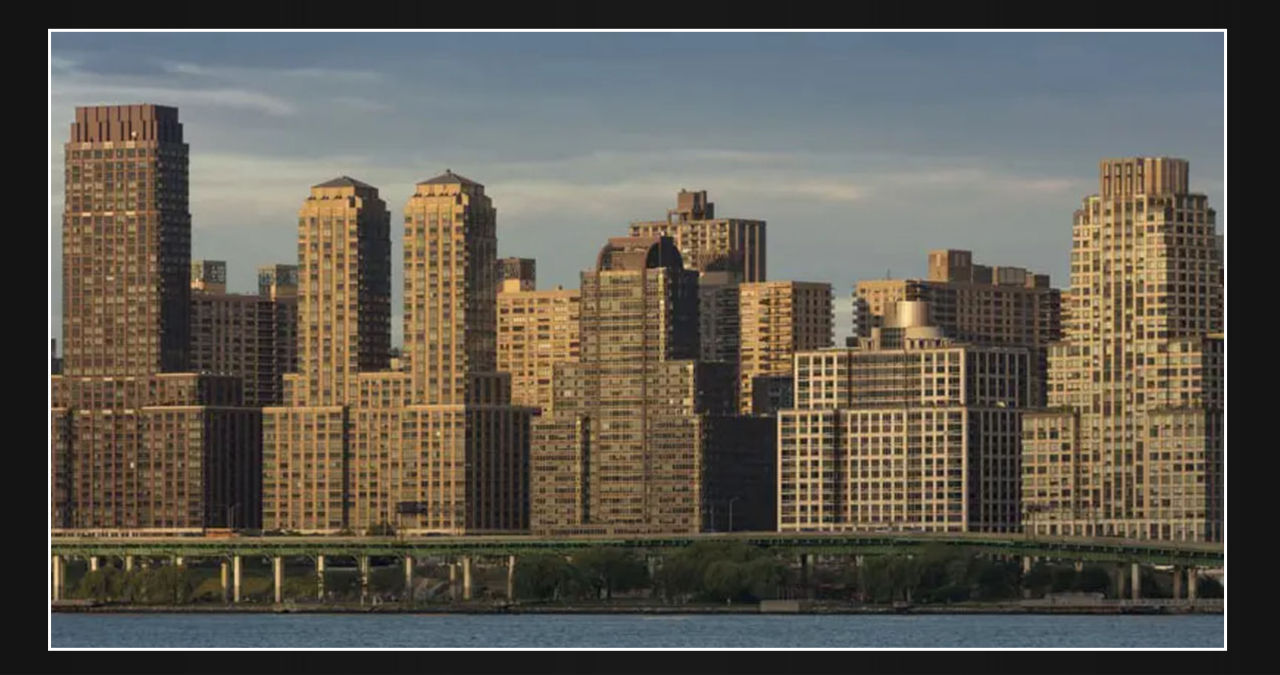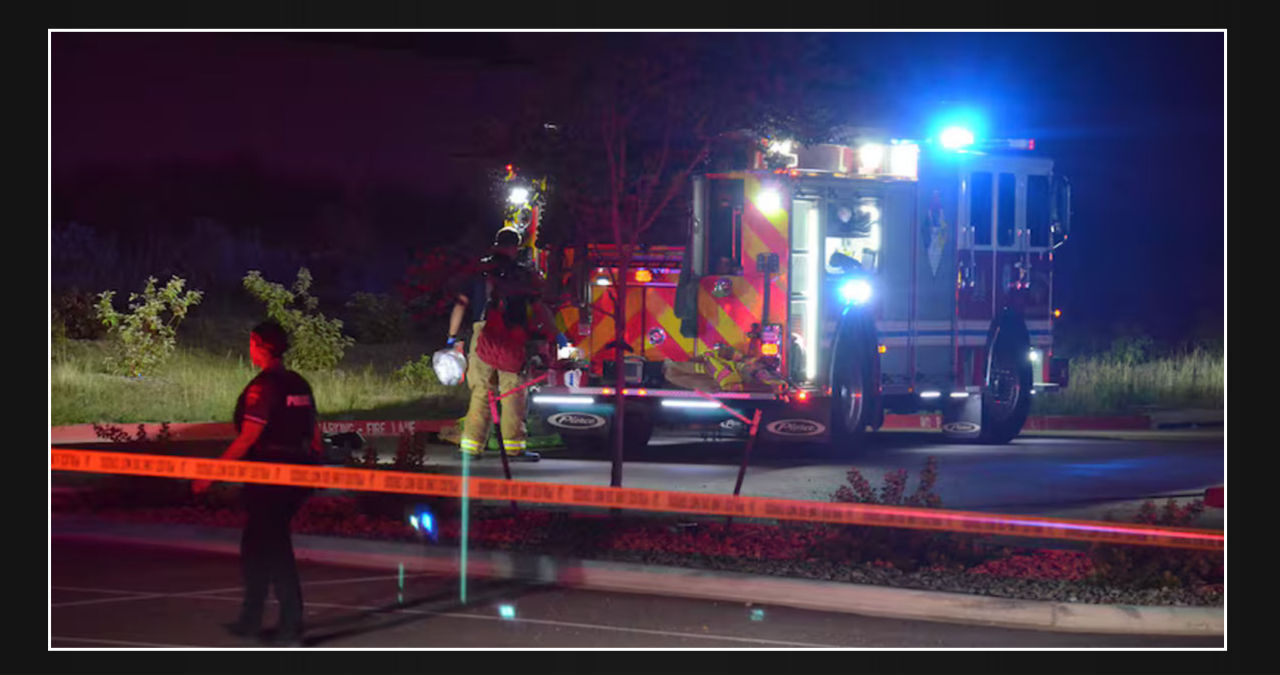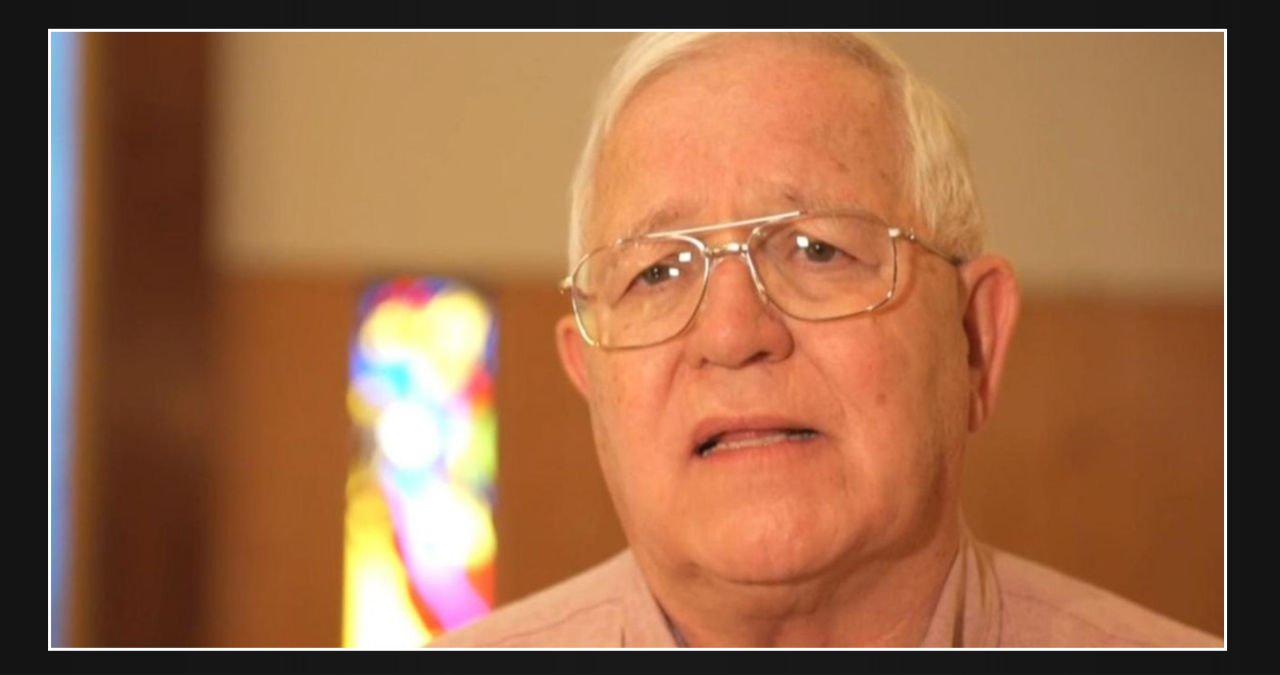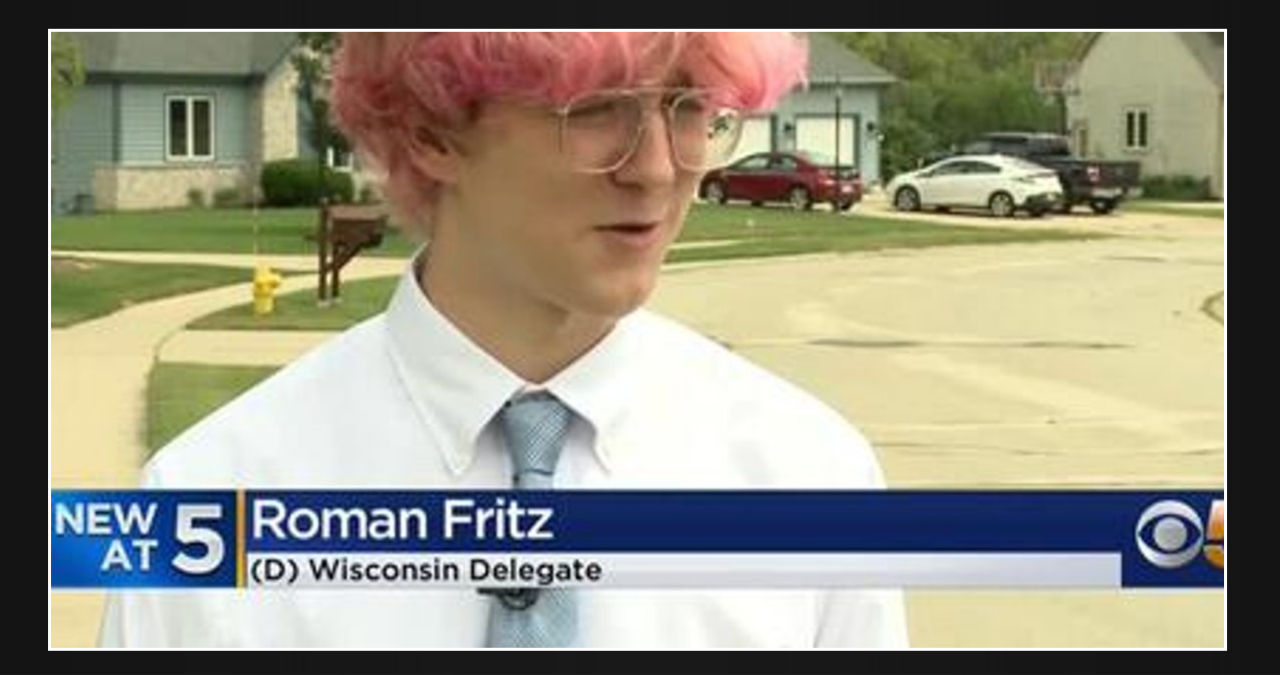New Yorkers report that subsidized housing buildings in New York City, originally intended for low-income local families, are now exclusively housing foreigners. This legislative adjustment has provoked heated debate among local people and advocacy organizations.
The decision to repurpose these housing units stemmed from an upsurge in immigrant arrivals, which city officials identified as a critical need for rapid housing options. State and local resources initially supported these projects, designed to address the housing crisis of the city’s low-income American families.
Critics contend that this shift ignores the needs of thousands of native New Yorkers experiencing homelessness and housing insecurity. Community leaders and political authorities have advocated for a more balanced approach that does not exclude the original beneficiaries of these housing schemes.
A viral video on Facebook shows a New Yorker expressing how the crisis has affected her family and neighborhood.
Supporters of the decision, however, claim that providing homes for immigrants is a critical humanitarian need that the city is morally obligated to address. They emphasize that many of the new inhabitants are asylum seekers and refugees with no other housing options.
As the discussion continues, the future of subsidized housing in New York City remains uncertain, with potential legal challenges and other policy changes on the horizon. This circumstance demonstrates the intricate connection between immigration policy and housing economics in one of the world’s most populous cities.







